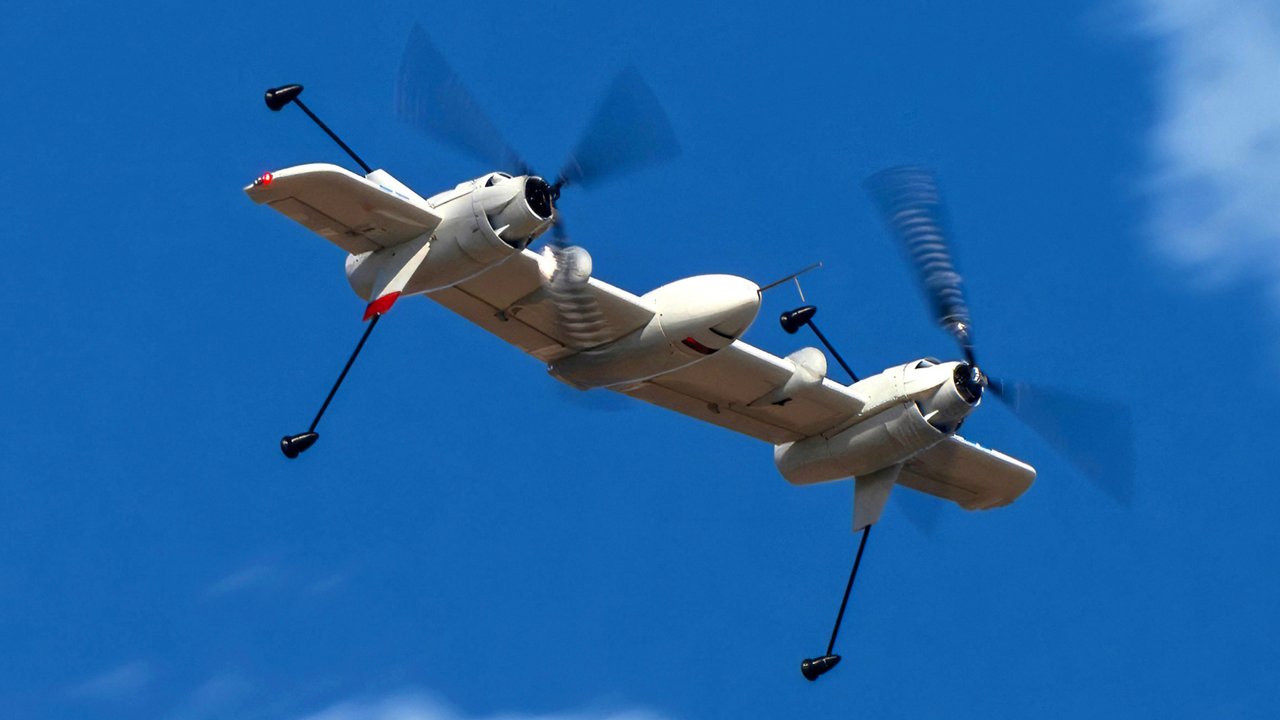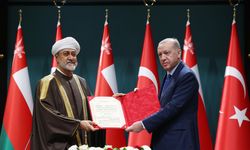Sikorsky, a Lockheed Martin company, has introduced the Nomad family of long-endurance, runway-independent drones, following the successful demonstration of its rotor-blown wing vertical take-off and landing (VTOL) system less than a year ago.
The new Nomad series combines the versatility of a helicopter with the speed and range of a fixed-wing aircraft. Each Nomad can take off and land vertically, hover, and cruise for extended missions. The aircraft operate using Sikorsky’s MATRIX autonomy system and rely mainly on hybrid-electric propulsion, while larger models will incorporate conventional drivetrains.
“We use the term ‘family’ to point to a key attribute of the design; its ability to be scaled in size from a small Group 3 UAS to the footprint equivalent of a Black Hawk helicopter,” said Rich Benton, Sikorsky vice president and general manager. “The resulting Nomad family of drones will be adaptable, go-anywhere, runway independent aircraft capable of land and sea-based missions across defense, national security, forestry and civilian organizations. Nomads are a force multiplier, complementing the missions of aircraft such as the Black Hawk to retain the strategic advantage in the Indo-Pacific and across broader regions.”
Earlier this year, Sikorsky announced the successful extended flight test of the Nomad 50, a 10.3-foot wingspan prototype. The company is now building the Nomad 100, a Group 3 variant with an 18-foot wingspan, expected to complete its first flight in the coming months.
The Nomad platform is designed for reconnaissance, light attack, and logistics in contested environments. The family can scale from Group 3 drones (56–1,320 pounds) up to Group 4 and 5 systems (1,320 pounds and above). MATRIX technology, developed with DARPA, enables autonomous operation and integration with both rotary and fixed-wing platforms. It has been tested for various uses including firefighting, resupply missions, and advanced aerial mobility.
“Nomad represents new breakthroughs for Sikorsky and the next generation of autonomous, long-endurance drones,” said Dan Shidler, director of Advanced Programs. “We are acting on feedback from the Pentagon, adopting a rapid approach and creating a family of drones that can take off and land virtually anywhere and execute the mission – all autonomously and in the hands of Soldiers, Marines, Sailors and Airmen.”








